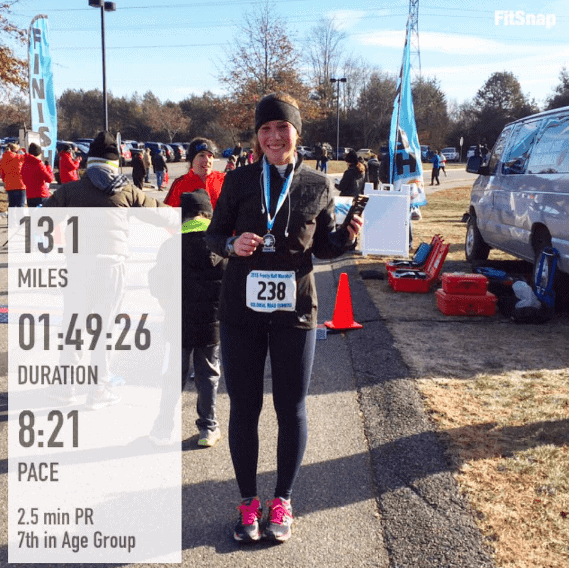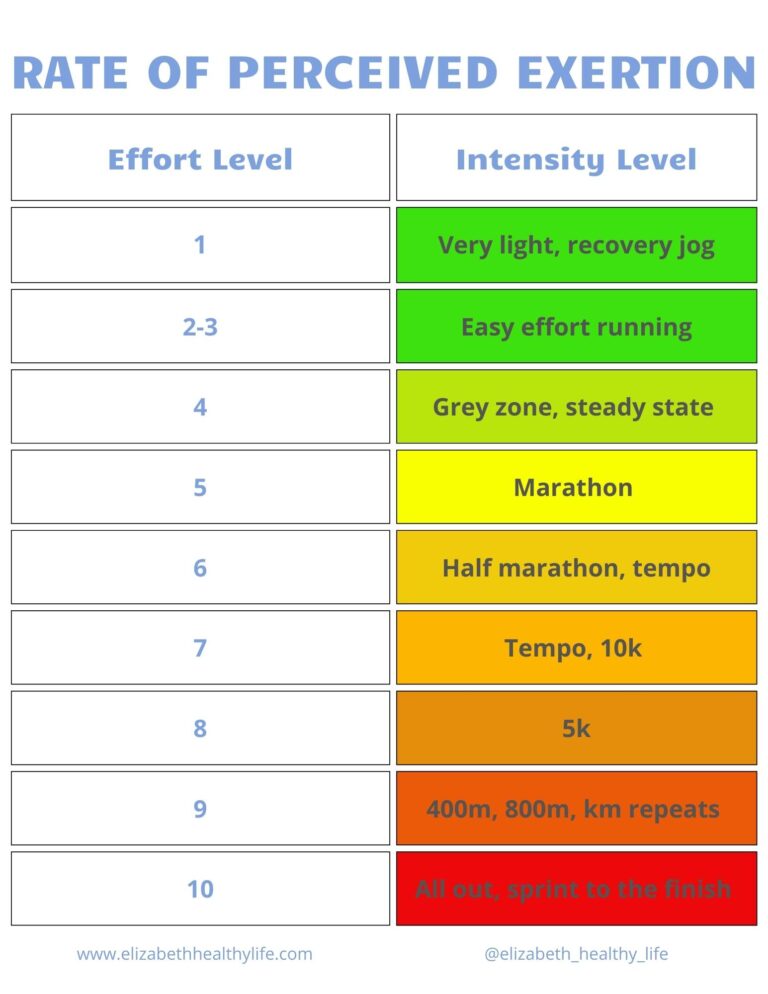How To Increase Speed: 9 Building Blocks for Running Faster
If you’re wondering how to increase speed and run faster, these nine building blocks will set you on the right path and lay the groundwork for faster running.
How To Increase Speed: 9 Building Blocks For Running Faster
1. Build an aerobic base
Before jumping right into speed workouts, make sure you have spent significant time (at least eight weeks, sometimes more) building up your aerobic base. This is done through consistent, easy effort running. During this phase, your weekly mileage and runs are increasing in distance, though not too quickly. Think of your aerobic base as your foundation. Having a larger foundation means you are able to tolerate more work, like speed and higher mileage.
It’s important to keep in mind that if you are base building, this is not the time to also be running consistent hard speed workouts. Increasing your weekly mileage while adding in hard effort running are both stressors, and adding in too many stressors at once can lead to an injury.
2. Keep a majority of your training at an easy, aerobic effort
No matter where you are in your running journey, a majority of your miles should be run at an easy, aerobic effort. Running aerobically helps build endurance, which in turn, allows runners to maintain the speed they already have and apply it over longer distances.
Because building your mileage base, running more, and increasing the distance of your runs are all stressors, it’s important to keep your effort very easy so you can decrease your risk for injury, burnout, and overtraining.
Related: RPE Running: When and Why to Focus on Running Off Effort
3. Run strides
If you have been consistently running for at least six weeks, you can now start to include strides into your weekly training. At first, start with 2-4 strides twice a week and slowly build up to four to six strides at a time two to three times a week. Think of strides as your introduction to speed.
Strides help improve running economy and efficiency because they connect your brain to your muscles and also “wake up” fast twitch muscle fibers, which are used for short, powerful bursts of speed.
Additionally, strides help runners:
- Improve running form
- Increase cadence
- Prevent injuries
- Strengthen muscles
Related: What are Strides? Benefits and How to Run Strides
4. Strength train
In addition to running more, strength training consistently will play a major role in getting faster. Strength training regularly will strengthen both your muscles and connective tissues, and reduce your risk of injury. Connective tissues, such as tendons, ligaments, bones, and joints tend to get injured while running. Find a strength program that you enjoy and can stay consistent with. Moreover, build the habit of completing a dynamic warmup and glute activation routine before every run.
Stronger Movement is one example a runner-specific strength program created by marathoner and physical therapist, Dr. Holly Richard. Keep in mind, you are never immune to injuries, but there are so many things you can do to minimize the risk, and strength is one preventative measure.
Related: Strength for Runners: Why Strength Matters and How to Get Started
5. Run hills
Not only do you want to run strides, but also hills. Running uphill helps practice good form while also improving cadence, strengthening leg muscles, increasing stride length, and improving running economy. Not to mention, running uphill also help runners build confidence and mental strength. In other words, hills are your friend!
You can incorporate hills into your training in a number of ways, including:
- Hill repeats
- Rolling hills in easy effort and long runs
- Treadmill climbs / hiking
6. Run fast
Once you build your mileage foundation, consistently strength train throughout the week, and have run lots of strides over time, you can start to slowly include fast running in your training. For instance, hill repeats and fartleks are both effective ways to add in speed. The amount of time spent running fast in these workouts isn’t very long. However, the fact that you are playing with speed and giving your body more opportunities to run fast helps sharpen this skill and helps you become more comfortable running fast.
Related: Fartlek Workouts: How to Run Fartleks, Benefits, and 3 Examples
7. Prioritize recovery
It’s true, our training is only as good as our recovery. Even if we nail our training runs, our progress can become stagnant if we’re not taking care of our body in the other 23 hours of the day. Some ways to improve your recovery include:
- Nailing your post-run fueling
- Getting enough sleep
- Managing stress
Related: Recovery for Runners: 5 Tips to Help You Rebuild After a Run
8. Include cutback weeks
It should be noted that not every week is going to be a building week. Cutback weeks, also known as “recovery weeks” or “down weeks”, should be included every 3 to 5 weeks. During a cutback, decrease your weekly mileage, possibly add in an extra rest day, focus on sleep, and either scale down or eliminate speed work altogether. The purpose of a cutback week is to focus on recovery and absorb the work you’ve done in the previous building block.
Related: Cutback Weeks, Down Weeks, Recovery Weeks: What They Are and Why Runners Need Them
9. Stay consistent and patient
Lastly, like so many other things in life, consistency is key and getting faster takes time. Find joy in your day to day running journey and set small, measurable goals along the way in your road to running faster. I always tell my athletes: If you’re running happy and healthy, then you’re probably running at your best!
Related: 13 Measurable Goals for Runners that Have Nothing to Do With Pace
Work with a Coach to Learn How to Increase Speed!
Work 1:1 with me and get a training plan written for you and your goals! Email me at [email protected] or check out my Run Coaching Services page to learn more.
Grab my Introduction to Speed Work guide to get started!
Comment Below:
Have you actively worked to get faster?
If so, what is something that has helped you increase your speed?












